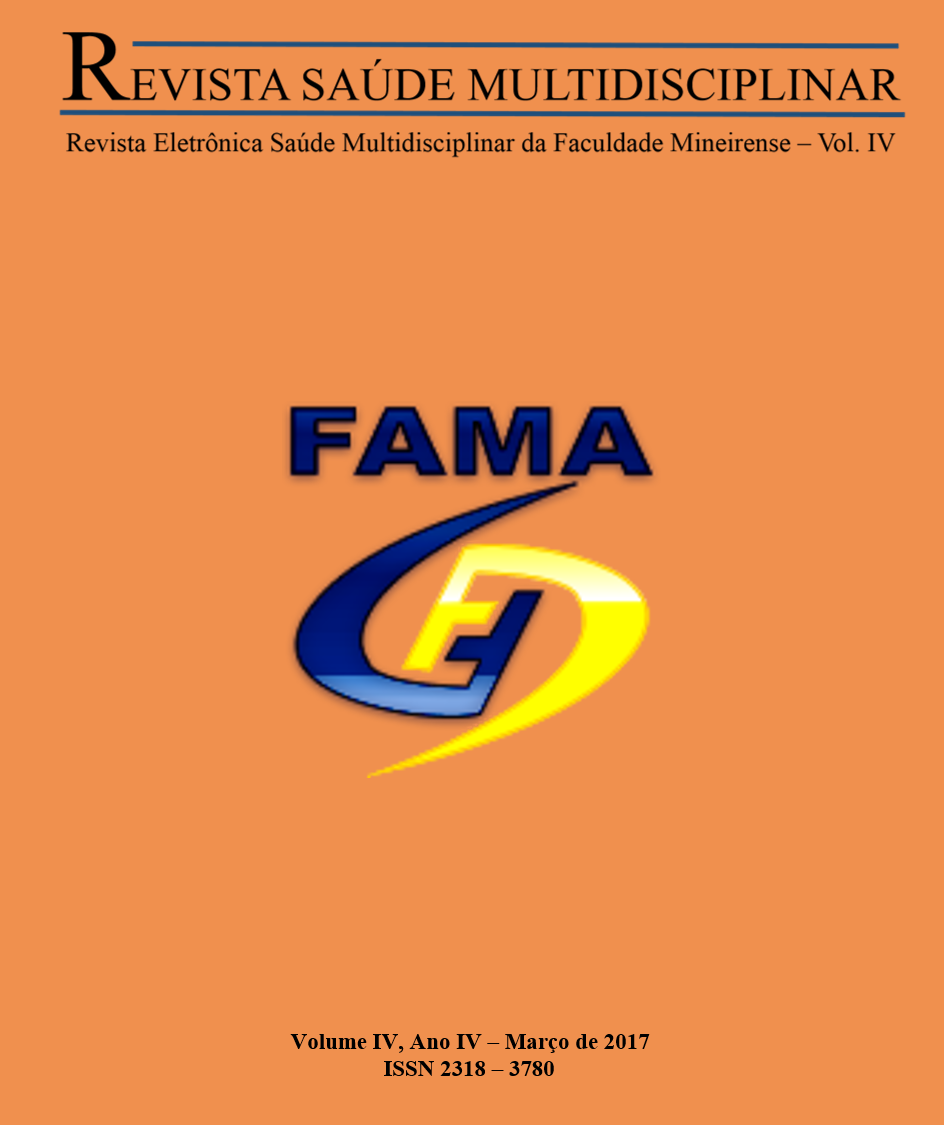Comparative study between PNF stretching by method to contract – to relax and passive stretching in motion of flexion to hip in dancers
Keywords:
Muscle Stretching Exercises, Proprioceptive Neuromuscular Facilitation, Passive StretchingAbstract
Stretching refers to a technique that is employed with the main objective to promote increased flexibility thus increasing the range of motion. Stretching PNF contract-relax method associates alternately an isometric contraction and relaxation, since the passive stretching segment is brought to a maximum amplitude with a muscle strain, by someone or appliance. The hip flexion movement of the dancers is of great importance to have a great performance and practice of specific movements of classical ballet. Thus, the present study has as objective to verify which of these two methods of stretching is more effective for the gaining range of motion of hip flexion in dancers. The research was conducted in a dance academy in the municipality of Mineiros-GO, the sample consists of two divided randomly into ballerinas participant A, treated with stretching protocol PNF contract-relax method and participant B, treated with passive stretching protocol for 15 sessions twice a week. The study results demonstrate that the two participants had an increased range of motion, stretching and PNF in greater proportion than passive stretching, but this difference was not significant. It is concluded that both techniques are effective when the goal is to promote increased range of motion.









